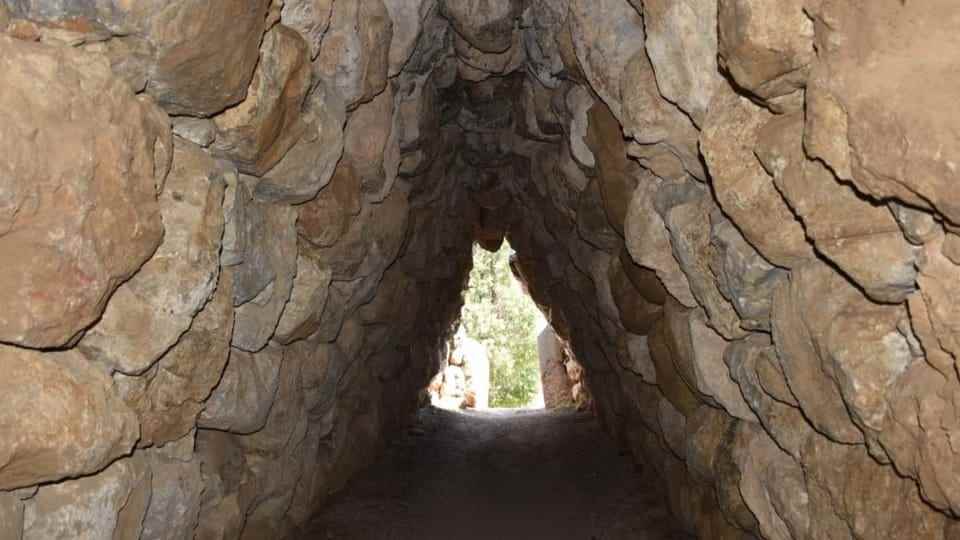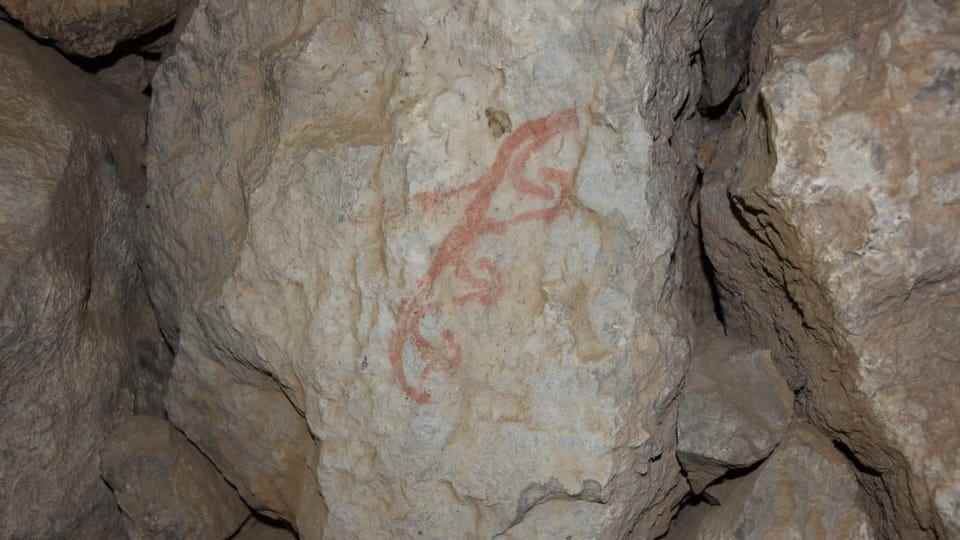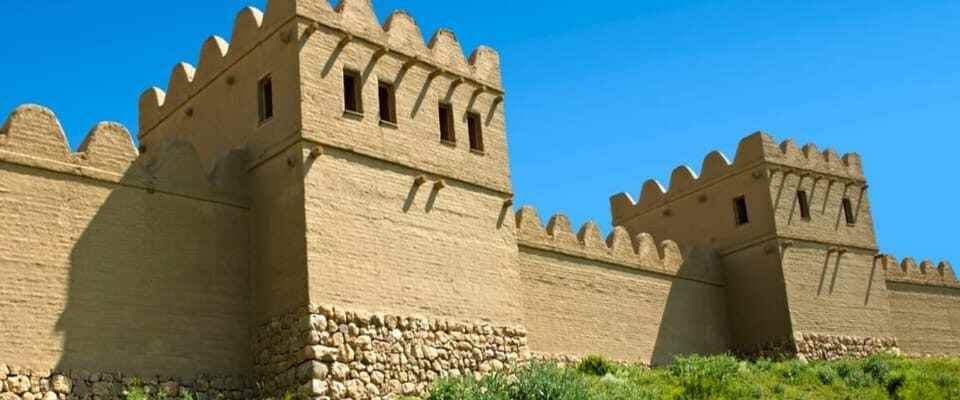contents
3,500-year-old Hittite graffiti were found in a Turkish ruined city. They testify to a vanished people with a special talent for languages.
A rainy day brought researchers in Central Anatolia a sensational find in the ruins of Hattusha, the ancient capital of the Hittites. Forced by the weather to pause their excavation, they came across graffiti from the second millennium BC.
The archaeologists found hundreds of sayings in Hittite hieroglyphic writing. 3500 years ago these were painted on the walls with root paints. “It’s a total sensation,” says the head of the excavation, Professor Andreas Schachner from the German Archaeological Institute.
Legend:
Metropolis Model: Located next to the ruins, this replica shows what Hattusha might have looked like.
IMAGO / age photo stock
According to Schachner, the graffiti opened up a “completely new perspective” on the Hittite empire. They show that many Hittites could read and write. Contrary to what was previously assumed, writing was part of their everyday life.
The Hittite Empire stretched from the Dardanelles across Anatolia to what is now Syria. Archaeologists have been digging in Hattusha, east of the Turkish capital Ankara, for more than a hundred years. The discovery of the characters amazed everyone, says Schachner. Especially since they didn’t even look for it and didn’t even dig that day.
Accidental find thanks to cell phone
“It was a rainy day and we couldn’t dig,” says the excavation leader. One of the scientists wanted to use the forced break to take photos for his students. He photographed in a tunnel under a city gate of Hattusha, which has been known for a long time.

Legend:
Where street painters cavorted in the tunnel: The archaeologists came across the graffiti in a corridor like this.
B. Genç, Archive of the Boğazköy excavation, DAI, Istanbul
All of the researchers have walked down the aisle “a hundred times” without noticing anything in the dark, says Schachner. But in the light of his mobile phone, the Turkish researcher Bülent Genc suddenly discovered red hieroglyphs on the walls.
Excited, Genc ran back to the excavation house and told Schachner about his find. He was skeptical at first. But when Genc showed his photos, Schachner immediately recognized Hittite hieroglyphs. During a systematic search they found almost 250 characters.
Scribe superpower
The history of the Hittites must be rewritten as a result. Until now, written records from the Hittite Empire consisted mainly of official texts written on clay tablets in cuneiform.
In addition to cuneiform, the Hittites also developed their own hieroglyphic script. Until now, science had assumed that this was rarely used. Apparently, exactly the opposite is the case, says Schachner: “This typeface was used in very different places and in very different contexts in everyday life.”

Legend:
Enigmatic graffiti: It is still unclear what the 250 drawings that have been found mean.
B. Genç, Archive of the Boğazköy excavation, DAI, Istanbul
Nowadays one would speak of graffiti, says the excavation director, even if it has not yet been clarified exactly what is actually written on the walls. The archaeologists suspect that it could be the names of certain people or even gods. A group of signs seems to be composed of the signs for mountain and path. Maybe it’s some kind of street sign.
Finding so many signs opens up a whole new perspective, says Schachner. Apparently that was the way people communicated with each other. The finds open up “a new, completely unexpected window on the Late Bronze Age,” explained the German Archaeological Institute.
Radio SRF 2 Kultur, cultural news, September 21, 2022, 8:15 a.m.
